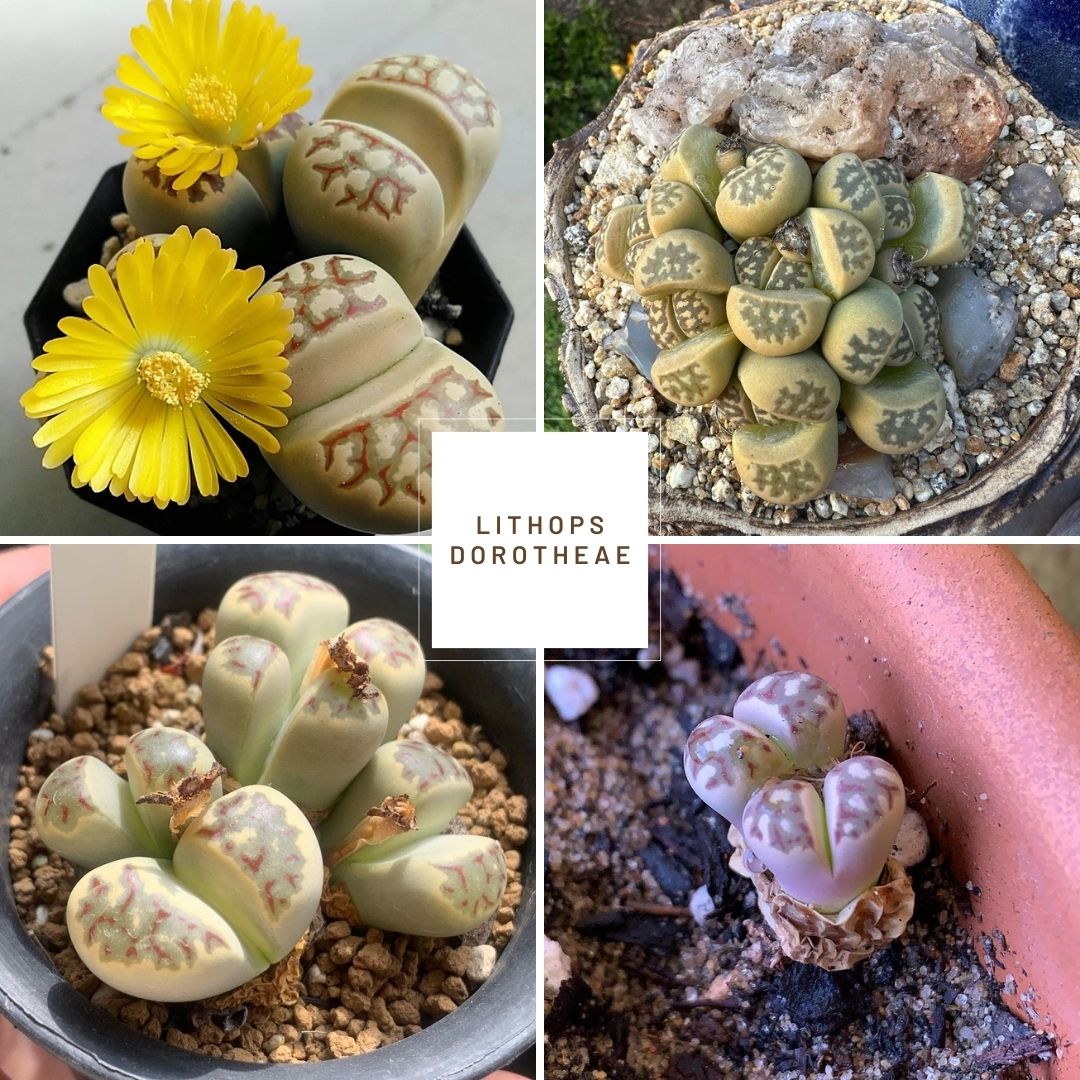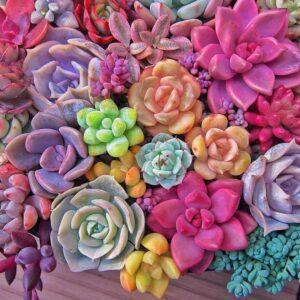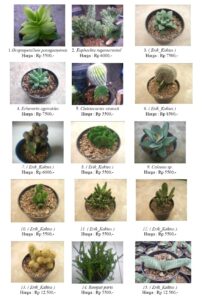Lithops, often referred to as “living stones,” are an extraordinary genus of succulent plants native to Southern Africa. Their unique morphology, characterized by a remarkable resemblance to pebbles or stones, provides them with both camouflage and an aesthetic allure. Cultivators and cactus enthusiasts alike marvel at their diverse colors and shapes. However, the challenge of identifying and caring for these extraordinary plants can be daunting for newcomers. This guide aims to provide a comprehensive understanding of what Lithops look like and practical tips for their care.
Understanding Lithops’ Appearance
At first glance, Lithops may seem inconspicuous. Their outer layers, or “leaf pairs,” are thick and fleshy, allowing them to conserve water during arid conditions. Typically, a single Lithop plant consists of just two leaves that merge at the base, resembling a smooth pebble. This adaptation not only aids in water preservation but also helps them survive in habitats where they can be easily overlooked by herbivores.
In terms of color, Lithops exhibit a stunning array of hues including greens, browns, yellows, and even purples. However, the subtlety of their color variations often mirrors the surrounding soil, providing protection against grazing animals. On closer inspection, the surface of Lithops may display intricate patterns and textures, ranging from fine stripes to mottled spots. These features further enhance their stone-like appearance and differentiate them from other succulents.
The most distinctive feature of Lithops is their flower. When they reach maturity, typically in late summer or early fall, these plants produce extraordinary blooms. The flowers, often white or yellow, erupt from between the leaf pairs, further asserting their unique charm and beauty.
Caring for Lithops: Key Requirements
Caring for Lithops can be a rewarding experience, although it requires adherence to specific conditions. Understanding the needs of these resilient yet sensitive plants is paramount for their growth and longevity.
Light Requirements
Lithops thrive in bright, indirect sunlight. They require a significant amount of light, ideally six hours per day. Be careful, as too much direct sunlight can scorch their delicate surface. A south- or west-facing window is typically appropriate, but it’s essential to monitor them closely and adjust their placement as needed.
Watering Practices
One of the most pivotal aspects of Lithops care is watering. Due to their adaptation to arid environments, Lithops require very little moisture. Overwatering is perhaps the most common mistake made by new cultivators, leading to root rot. The golden rule is to allow the soil to dry out completely before watering again. During the active growing season (spring and summer), watering should be done more frequently, but any sign of soggy soil must be addressed immediately. In contrast, during the dormant months (fall and winter), watering should be significantly reduced, often to just once every few weeks.
Soil Requirements
The terrain in which Lithops flourish is as important as light and water. Utilizing a well-draining soil mix is essential; a blend designed for cacti and succulents is often an excellent choice. Incorporating perlite or coarse sand can enhance drainage further, ensuring that excess water does not linger around the roots. A pot with drainage holes is also advisable to prevent water accumulation and facilitate airflow around the roots.
Temperature and Humidity Considerations
Lithops prefer warmer climates, thriving best in temperatures ranging from 70°F to 80°F (21°C to 27°C) during the day and cooler temperatures at night. They are not frost-tolerant and should be protected from extreme cold. Ideally, they flourish in low-humidity environments, making them suitable for most indoor conditions. Excessive moisture can lead to mold or fungal infestations, which can be detrimental to the health of the plant.
Common Concerns and Challenges
While Lithops are relatively low-maintenance, several common issues can arise. Occasional pests such as mealybugs or spider mites may pose threats to the health of your plants. Garnering knowledge about pest identification and treatment is beneficial to maintain a thriving Lithop collection.
Another concern is the potential for improper dormancy. Understanding your Lithops’ natural growth cycles can help prevent mistakes while watering during their periods of inactivity. A vigilant observer can easily recognize when a Lithop is entering dormancy, as the color may deepen, and the plant may appear less vibrant. Shedding roots or leaves during this period is also common, and this natural process should not cause alarm.
Conclusion: Embrace the Charm of Lithops
In conclusion, Lithops are captivating plants that offer unique beauty and charm to any indoor garden. Their stone-like appearance serves not only as a conversation starter but also as a testament to nature’s remarkable adaptability. By adhering to careful watering practices, providing adequate light, and monitoring for common issues, enthusiasts can successfully cultivate these enchanting succulents. As you embark on your journey with Lithops, embrace the joys of their unique aesthetics and discover the wonders they bring to your space.




Leave a Comment